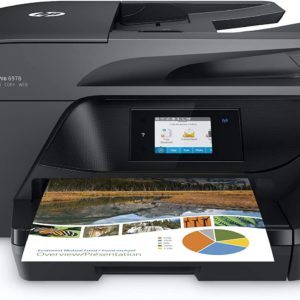ASUS ROG Crosshair VIII Dark Hero AMD AM4 X570S Zen 3 Ryzen 5000 & 3rd Gen Ryzen ATX Gaming Motherboard (PCIe 4.0, 14+2 Ti Power Stages, PCH Heatsink, Wi-Fi 6, 2.5 Gbps LAN, USB 3.2 Gen 2 Type-C
AMD AM4 socket: Ready for 2nd, 3rd Gen AMD Ryzen processors and 3rd Gen AMD Ryzen processors
Comprehensive thermal design: Passive chipset heatsink, M.2 aluminum heatsinks and ROG Water Cooling Zone.
Robust power delivery: Designed power solution 14+2 TI power stages rated for 90A, ProCool II power connectors, microfine alloy chokes and 10K Japanese-made black metallic capacitors
High-performance connectivity: On-board Wi-Fi 6 (802.11ax) with MU-MIMO support, 2.5 Gbps Ethernet and Gigabit Ethernet, USB 3.2 Gen 2 Type-C
DIY Friendly Design: Pre-mounted I/O shield, ASUS SafeSlot, BIOS flashback and premium components for maximum endurance.
Description
As an Amazon Associate We earn from qualifying purchases. Amazon and the Amazon logo are trademarks of Amazon.com, Inc, or its affiliates.
What is Motherboard?
A motherboard, often known as the “mainboard,”. It is s the primary circuit hub that connects all of the components and peripherals that are connected to a computer. It is also known as the “control board.” The associated power supply can also be used to supply power to all of the computer’s components such as the CPU, graphics card, hard drive, and memory.
The motherboard is perhaps the most critical component of a computer. Nothing else works properly without it. And it determines what upgrades are possible in the future.
The Motherboard’s Functions
A motherboard is responsible for controlling the flow of external data through ports such as the USB and the IDE. As well as directing the data to hard disks. The microprocessor chip, such as the Intel Pentium 4, Intel Celeron, or AMD Athlon, is the primary function of the motherboard. Furthermore, practically all of the components that contribute to the operation of the computer are either built into or connected to the motherboard.
Here are some things to think about before making a purchase.
Form Factor
First and foremost, you’ll need to decide on a form factor. ATX motherboards, as well as tiny ATX motherboards, are widely used (although these are smaller in size and reduce the number of expansions slots). When purchasing a new motherboard and are unsure of the size that will suit your computer. You can always measure your old motherboard and compare it to the various sizes available. A common reason for the popularity of the ATX board is the addition of more expansion slots. Which might be advantageous in some situations.
Socket for Processor
After you’ve decided on a form factor, you’ll need to decide on a processor socket. Different types of sockets have been used in the past, but three are only utilized now. LGA, PGA, and BGA are the three types. LGA is used by Intel, while PGA is used by AMD. Because BGA sockets are permanently connected to the motherboard, they can’t be maintained or updated, they aren’t as popular as the latter.
RAM (Random Access Memory) (Random Access Memory)
Then there’s RAM, which stands for Random Access Memory. The amount and type of RAM you can have are mostly determined by the motherboard you purchase. As a result, it’s important to keep this in mind while purchasing a motherboard.
Storage
To utilize your PC, you’ll need somewhere to store the operating system, software, and data when the power is off. Today, it means choosing between a hard disk drive (HDD) with spinning platters that store data and solid-state drives (SSD) that store data in considerably faster flash memory. HDDs are normally less expensive for more storage space, while SSDs are more expensive but give more speed, and are perfect for holding the operating system and applications.
As an Amazon Associate We earn from qualifying purchases. Amazon and the Amazon logo are trademarks of Amazon.com, Inc, or its affiliates.
Only logged in customers who have purchased this product may leave a review.










Reviews
There are no reviews yet.